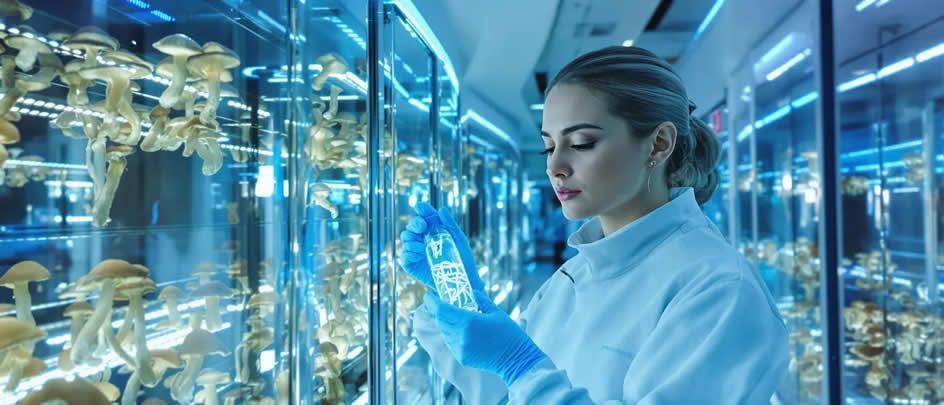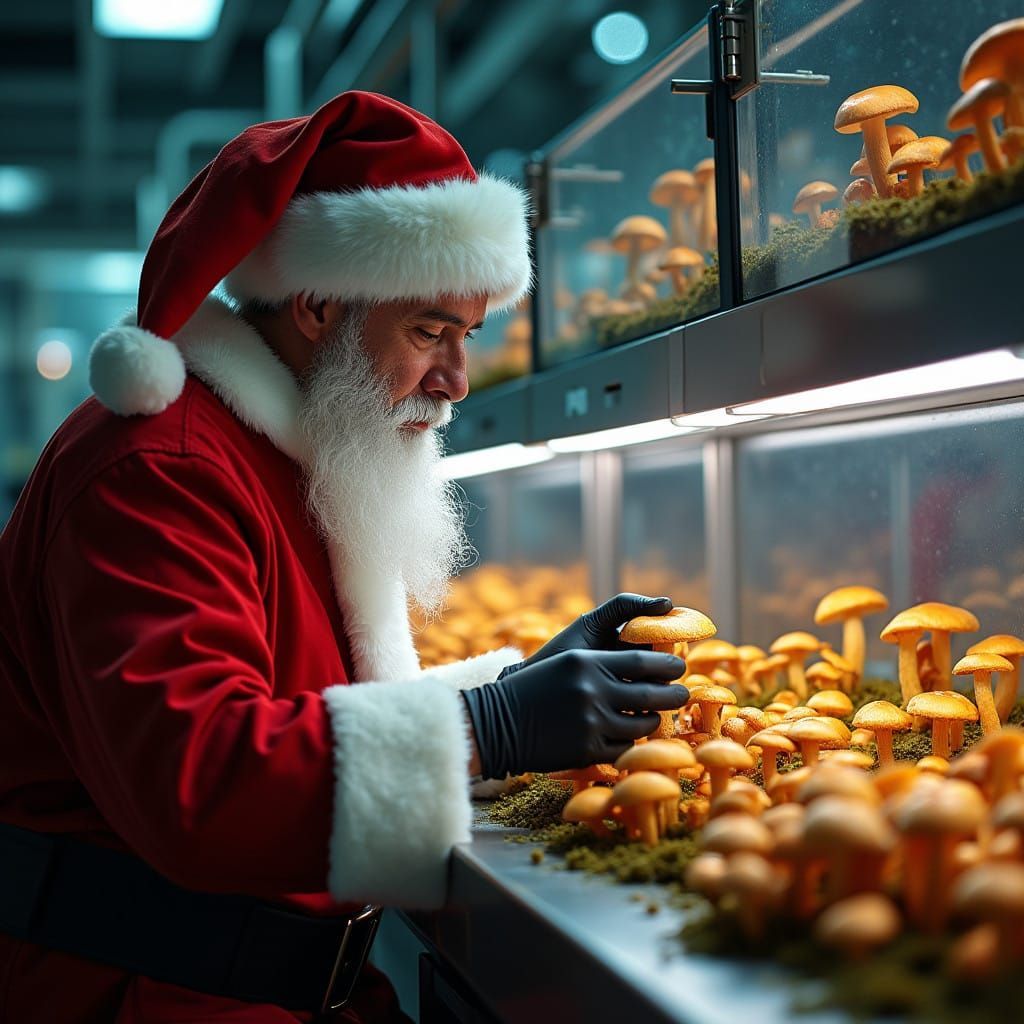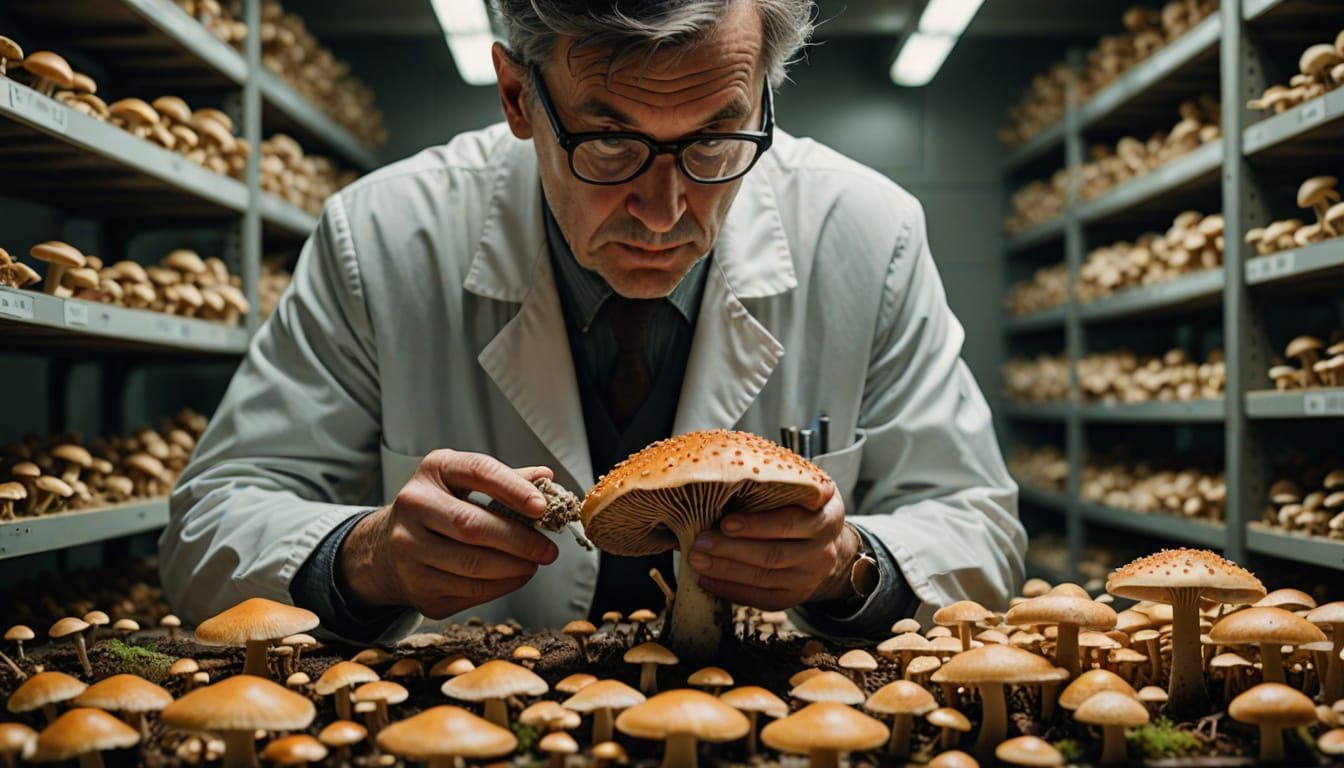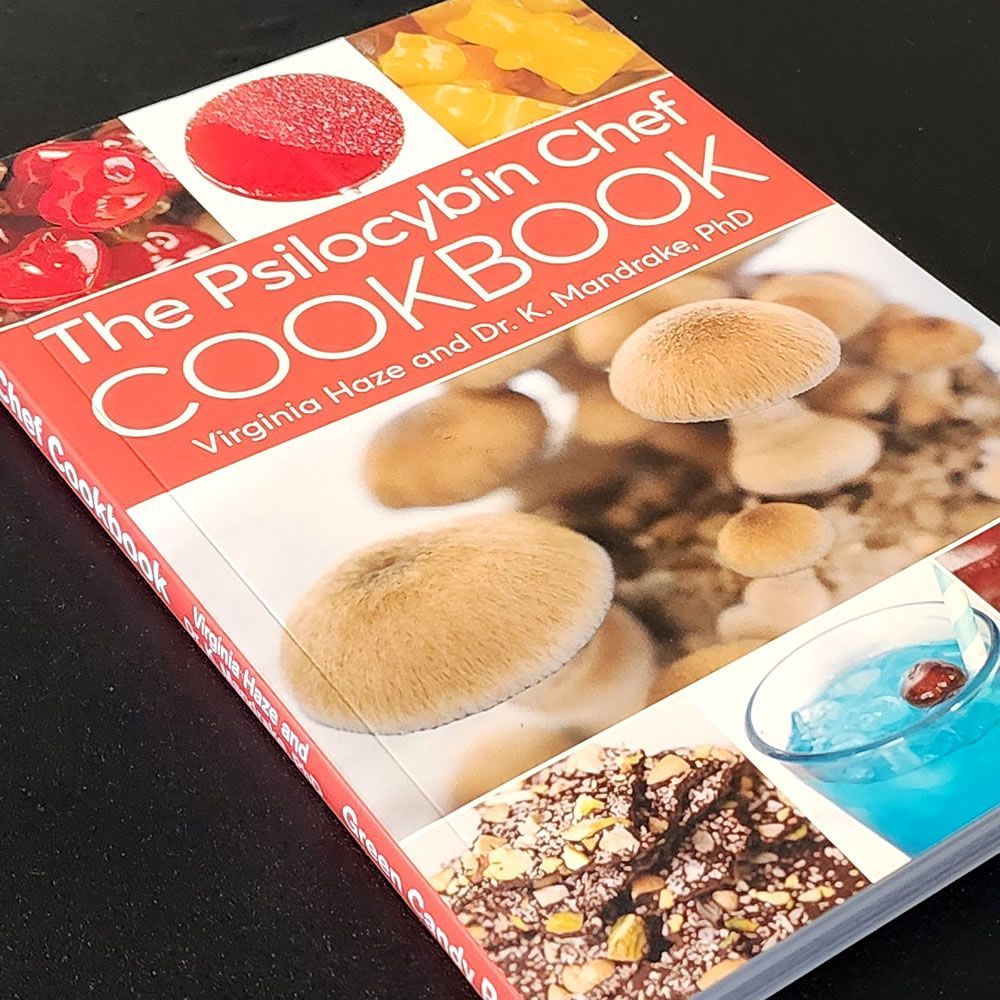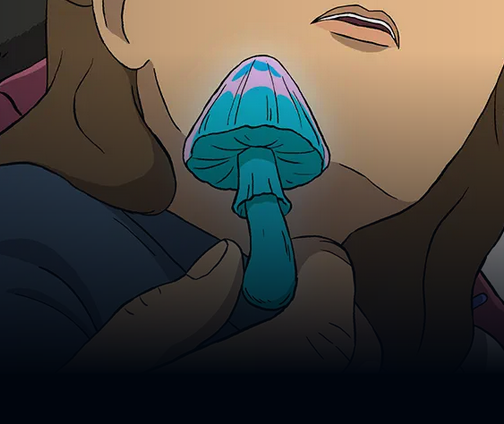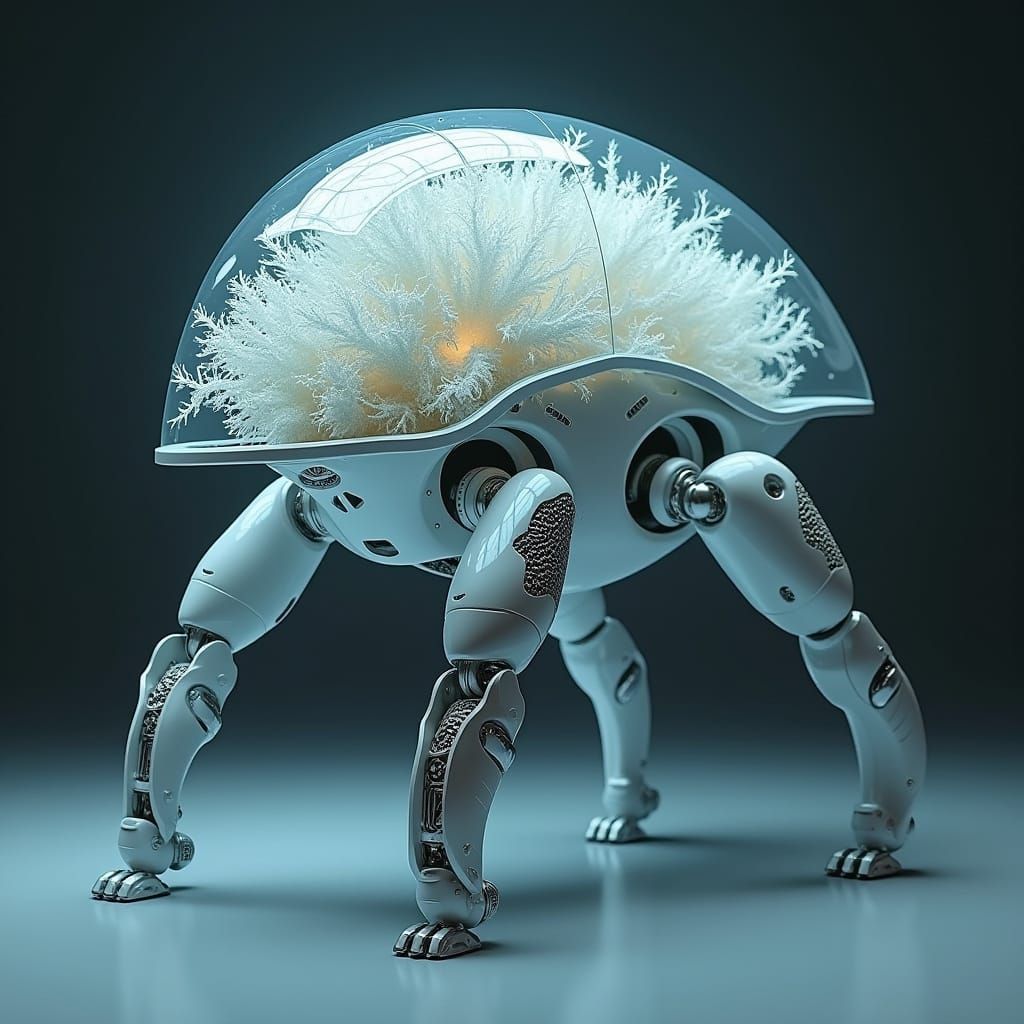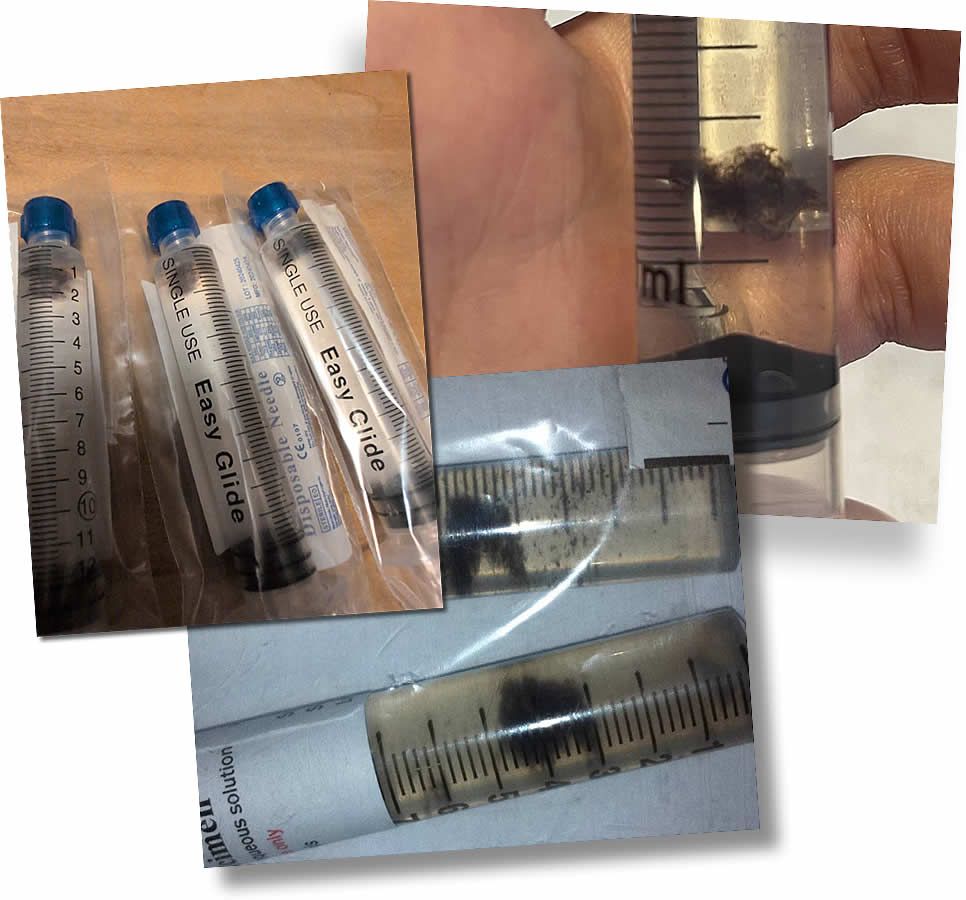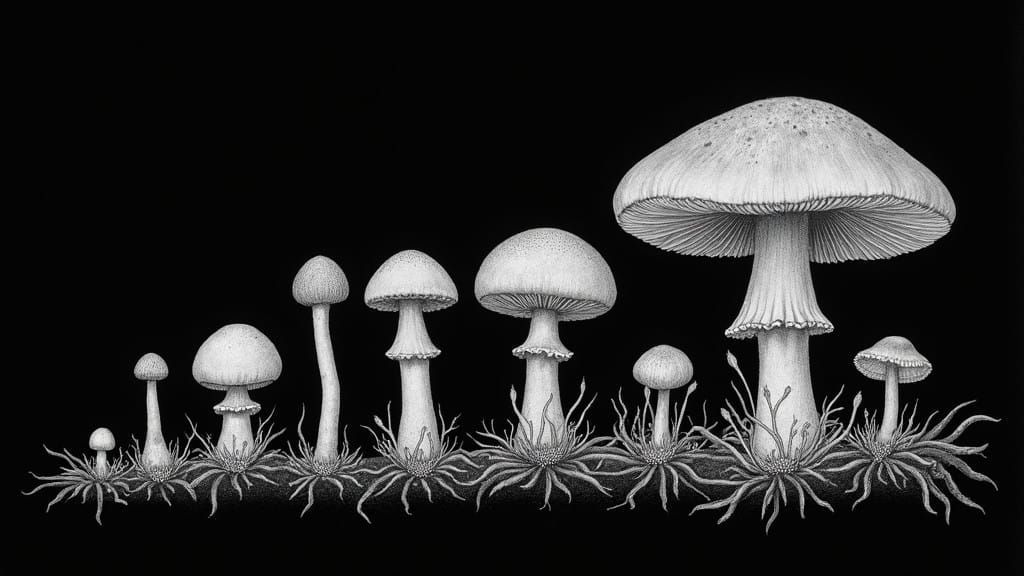A Cube is a Cube. Or is it?
Do Different Cubensis Varieties Produce Different Traits?
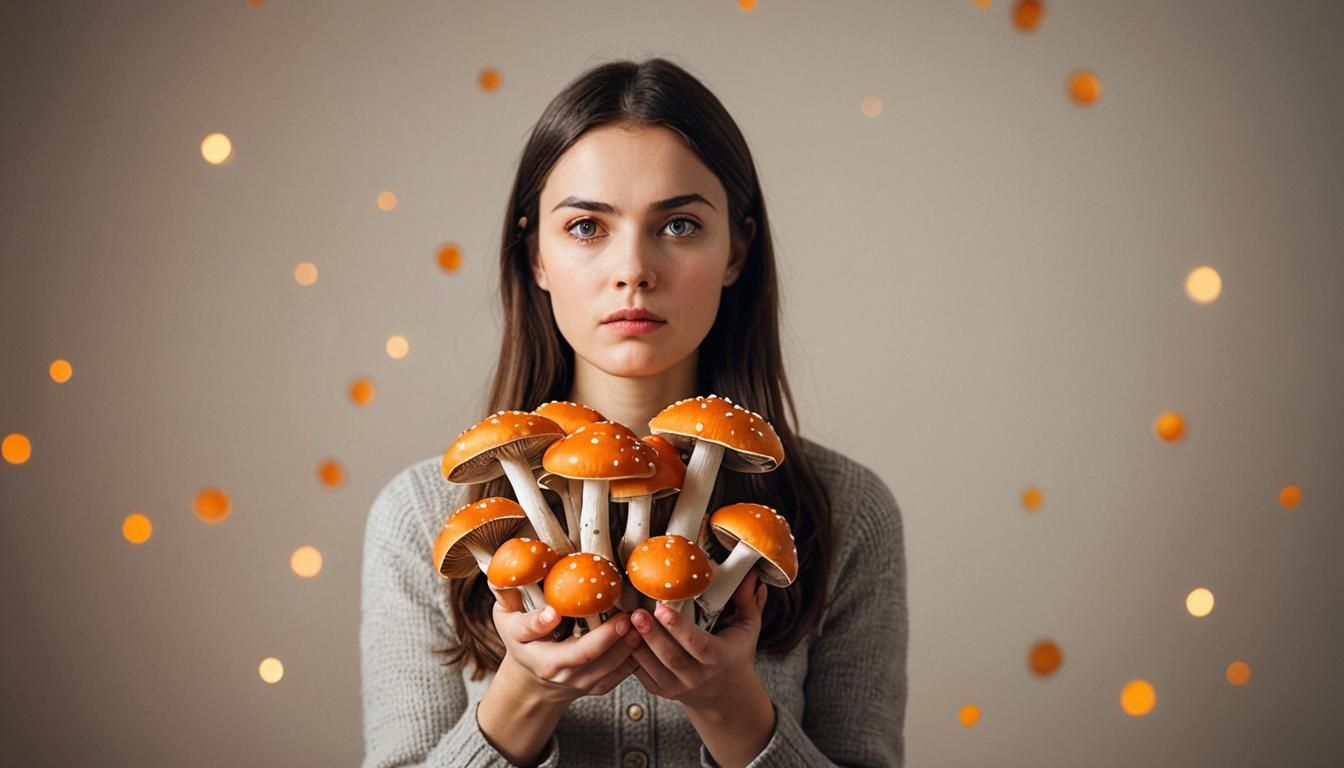
The phrase "A cube is a cube" is often tossed around in discussions about Psilocybe cubensis, implying that all strains of this species are essentially identical in terms of effects and potency. However, this concept has sparked considerable debate within the mycology community. While some argue that all cubensis mushrooms, regardless of strain, contain the same active compound—psilocybin—others insist that different strains offer distinct experiences. So, what's the truth? Are all cubensis mushrooms the same, or do the various strains produce different traits?
The Core Argument: Psilocybin is Psilocybin
At the heart of the debate is the idea that psilocybin, the primary psychoactive compound in cubensis mushrooms, is the same across all strains. This viewpoint likens the situation to cannabis, where different strains can have varying effects due to differing terpenoid profiles and THC levels. However, with cubensis, the argument goes, there’s no such variation because psilocybin is psilocybin. From a genetic standpoint, strains like Golden Teacher (GT) and B+ are the same species, sharing the same genome, meaning they should, theoretically, produce identical effects.
The Counterpoint: Personal Experience and Genetic Variability
On the flip side, many individuals report distinct differences between strains. For example, some claim that GT and B+ produce a stronger body high compared to strains like Cambodian or Ecuador, which are said to be more visually stimulating. These differences in experience have led some to believe that different cubensis strains do, in fact, have unique properties.
However, these reported differences may not necessarily stem from the strain itself. Unless mushrooms are grown from a monoculture (genetically identical clones), there's a considerable amount of genetic variability even within a single batch of mushrooms. This variability can lead to differences in potency and the specific effects of each fruit, making it difficult to generalize about a strain as a whole. The analogy here is that strains are more like "races" in humans or "breeds" in dogs—there’s variation, but they are fundamentally the same species.
The Role of Growing Conditions
Another critical factor influencing the effects of cubensis mushrooms is the growing environment. Potency is not just a matter of genetics; it's also shaped by the nutrients available and the conditions under which the mushrooms are cultivated. For instance, Penis Envy (PE) strains often produce smaller fruits, concentrating more nutrients into each mushroom, which can result in a more potent experience. Conversely, a poorly grown batch of GT might be much less potent than a well-grown batch of PE, even though both are the same species.
Visuals and Other Effects: A Matter of Species?
While cubensis strains might not differ significantly in terms of potency, the visuals and other subjective effects reported by users are where things get interesting. Some suggest that while cubensis strains themselves don’t differ much in their hallucinogenic visuals, other species of psychoactive mushrooms might. For example, P. cyanescens, known for its high psilocybin content, could produce a different type of trip compared to P. cubensis, due to variations in potency and possibly other active compounds.
However, when it comes to visual effects, there is no clear consensus. The experience of a trip can be highly individual and influenced by numerous factors beyond just the strain of mushroom consumed.
The Bottom Line: Strains and Their Differences
So, is a cube just a cube? The answer is both yes and no. Genetically and chemically speaking, different cubensis strains are very similar, if not identical, in their psilocybin content. However, the subjective experiences reported by users, the variability introduced by non-monoculture grows, and the influence of environmental factors all contribute to the perception that different strains offer different traits.
In conclusion, while "a cube is a cube" might hold up in a strictly scientific sense, the diversity of experiences reported by users suggests that there's more to the story. Whether these differences are due to genetics, growing conditions, or simply the variability inherent in each individual’s response to the mushrooms, it’s clear that the discussion is far from settled.
